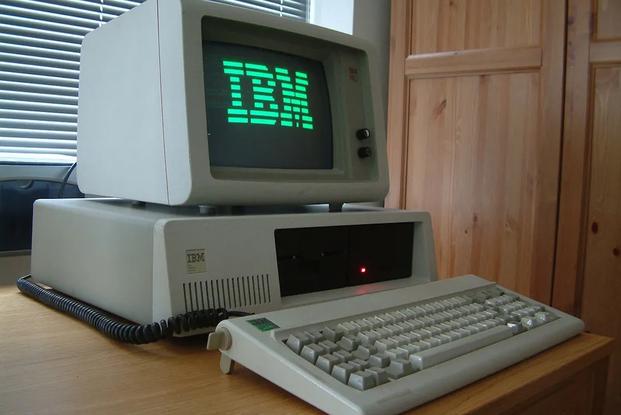“Star Trek” would be a lot less interesting if we found out the Enterprise didn't run on an advanced isolinear computing system but instead ran on something like MS-DOS. We might laugh at how incredulous that work of science fiction would be. But in today's U.S. Air Force, the F-22 – one of the most advanced fighters ever made – runs on a similar disparity.
But of course, the Air Force will remind you that it isn't science fiction, it's what they do every day.

The F-22 program was killed at the height of the wars in Iraq and Afghanistan in an effort to reshape the U.S. military. The F-22 was designed as an air superiority fighter to take on advance fighters from China and Russia in air combat, not support troops on the ground. At the time, American troops were focused on insurgencies and ground combat. Until the terrorists started flying F-14s, there was little perceived need for such a fighter. Now that the U.S. military is refocused on great power wars, the need for such a program is becoming more apparent.
The F-22 is one of the fastest combat aircraft in the U.S. Air Force, even after the development of the F-35. It can detect and attack enemy aircraft from miles away, even if the enemy isn't yet able to detect the incoming Raptor. In one instance, a Raptor was able to pop up from underneath two Iranian F-4 Phantoms and tell them to go home, which they promptly did, presumably to change their shorts.

Just the presence of a Raptor in a battlespace is enough to clear the skies of enemy aircraft. In a great power war with a country like China, the Raptor would be an indispensable part of the Air Force order of battle. Raptors will quickly disperse in order to keep China from targeting them with ballistic missiles. Their stealth and air combat abilities would then be used to escort C-17s and frustrate Chinese fighters, as well as any Chinese efforts to jam their communications. That's due in large part to the pilots' advanced training and the advanced stealth technology aboard the airframe. But the reason Chinese hackers couldn't hack their computers is something different altogether.
The technology is more than 35 years old.

When the $65 billion fighter was cut from the Pentagon budget, there was a lot of joking surrounding the fighter, that the United States had developed a weapon it would never use in combat – after all, until that point the F-22 hadn't flown a combat mission over either of the two wars the U.S. was actually fighting. Former Navy Secretary John Lehman, found a silver lining, telling the Wall Street Journal that at the very least, the plane's computer technology was safe from Chinese hackers.
"No one in China knows how to program the '83 vintage IBM software that runs them," he said.
Ten years later, the F-22 has definitely flown combat sorties over Syria and the rise of China and Russia, and their fifth-generation fighters, some of the technology stolen from the United States, might have the Pentagon wishing they had more Raptors.
MORE POSTS FROM WE ARE THE MIGHTY:
This 'Einstein Box' helps F-22s secretly communicate with unstealthy planes
The F-22 is getting an awesome avionics upgrade
This airman gave his life to rescue soldiers from a massive firefight
We Are The Mighty (WATM) celebrates service with stories that inspire. WATM is made in Hollywood by veterans. It's military life presented like never before. Check it out at We Are the Mighty.















